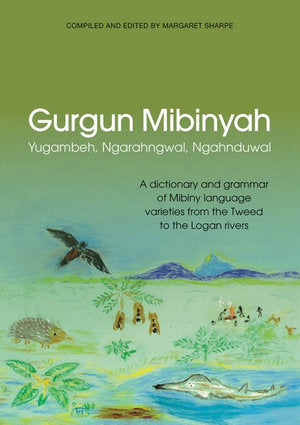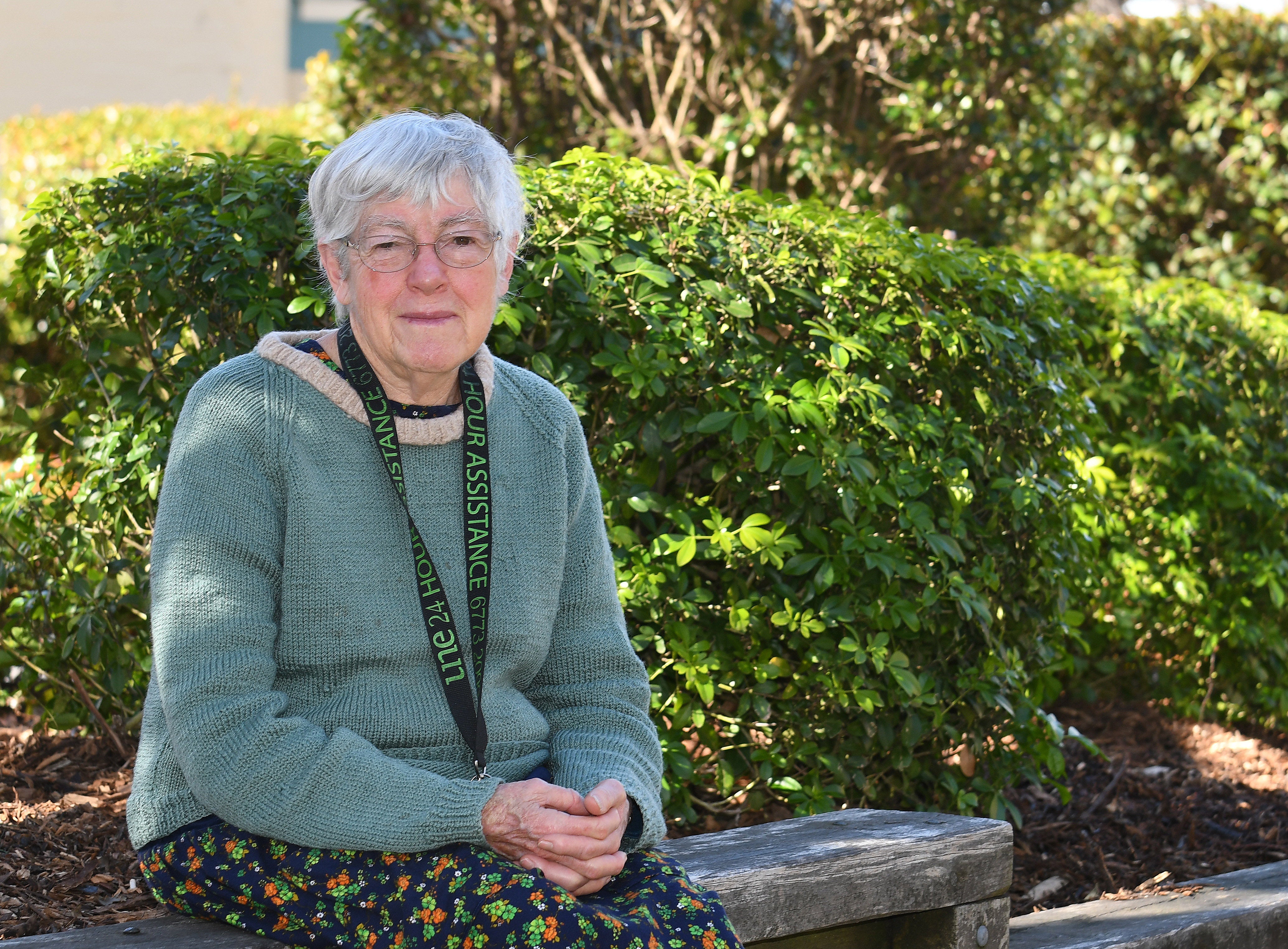The Words of the Mibiny Peoples immortalised in New Dictionary
Language plays a significant role within Indigenous communities; it is how they have kept knowledge of culture and country alive for millennia without a written language. Since a large number of First Nations languages have been lost, the Australian Institute of Aboriginal and Torres Strait Islander Studies (AIATSIS) has launched a project aimed at publishing Indigenous languages in dictionaries. One of the latest Indigenous language dictionaries published records the ancestral languages of the Tweed and Logan River areas of New South Wales and Queensland. The dictionary, titled Gurgun Mibinyah: Yugambeh, Ngarahngwal, Ngahnduwal A dictionary and grammar of Mibiny language varieties from the Tweed to the Logan rivers, is aimed at reviving language and culture within the Mibiny Peoples. It also aims to be a valuable resource to non-Indigenous people interested in learning the Aboriginal languages and heritage of the Tweed and Logan river regions (AIATSIS, 2020).

Gurgun Mibinyah dictionary. Courtesy of Booktopia, 2022.
The Gurgun Mibinyah dictionary was published in April 2020 by Australian Institute of Aboriginal and Torres Strait Islander Studies’ publishing arm, Aboriginal Studies Press (AIATSIS, 2020).
AIATSIS’ CEO Craig Ritchie shared in a media release (2020) his excitement about the published work, saying, “I am thrilled that the Mibiny people now have this dictionary, which will provide great support to their language revitalisation and cultural resurgence.”
The Yugambeh, Ngarahngwal and Ngahnduwal languages covered in the dictionary are the northern dialects of the language Yugambeh-Bundjalung. These languages are spoken from the Tweed River area of the northeast corner of New South Wales to the Logan River area in the Gold Coast area of southern Queensland. Other dialects of the Yugambeh-Bundjalung language exist down to the Clarence River, and west to Warwick and Allora (AIATSIS, 2020).
The words Gurgun Mibinyah translates in English to “words of the Mibiny.” It was UNE adjunct senior lecturer and linguist Dr. Margaret Sharpe who compiled and edited the dictionary, containing English translations to the Gurgun Mibinyah words. This valuable resource also contains example sentences that illustrate the use of the Gurgun Mibinyah words, as well as a guide to the grammar and an English word index (AIATSIS, 2020).

University of New England (UNE) adjunct senior lecturer and linguist Dr. Margaret Sharpe. Courtesy of UNE, 2017.
This dictionary relies in large part on older written sources, dating back to the nineteenth century, and “intelligent guesses on pronunciation and remembered words from descendants of past speakers, guided by…audio recordings” from the later twentieth century. It also relies on information from speakers, partial speakers and ‘rememberers’ who live today, as well as a few words commonly used by local English speakers.
Dr. Sharpe informed future readers, in the press release alongside AIATSIS, (2020) that “…there will always be some who will disagree with my choices in some words, especially from some who have had a particular spelling or pronunciation handed down to them. Such debates are healthy for language revitalisation.”
At Yarn, we are passionate about supporting and spreading awareness about Aboriginal and Torres Strait Islander language and Indigenous organisations that are committed to revitalising and sustaining Indigenous language, culture, art and community. Learning about First Nations languages is so significant to understanding not only the cultural roots of this Country, but even the anthropological roots and plant and animal life. It is also important to learn that language forms a vital part of many Indigenous groups’ traditional rituals and ceremonies. Without the preservation of language, history and culture is lost.
Gurgun Mibinyah: Yugambeh, Ngarahngwal, Ngahnduwal A dictionary and grammar of Mibiny language varieties from the Tweed to the Logan rivers can be purchased online via Amazon, Booktopia, Goodreads or any other publishing house.
If you are interested in learning more about Indigenous languages check out our previous post Gambay - First Languages Map.






